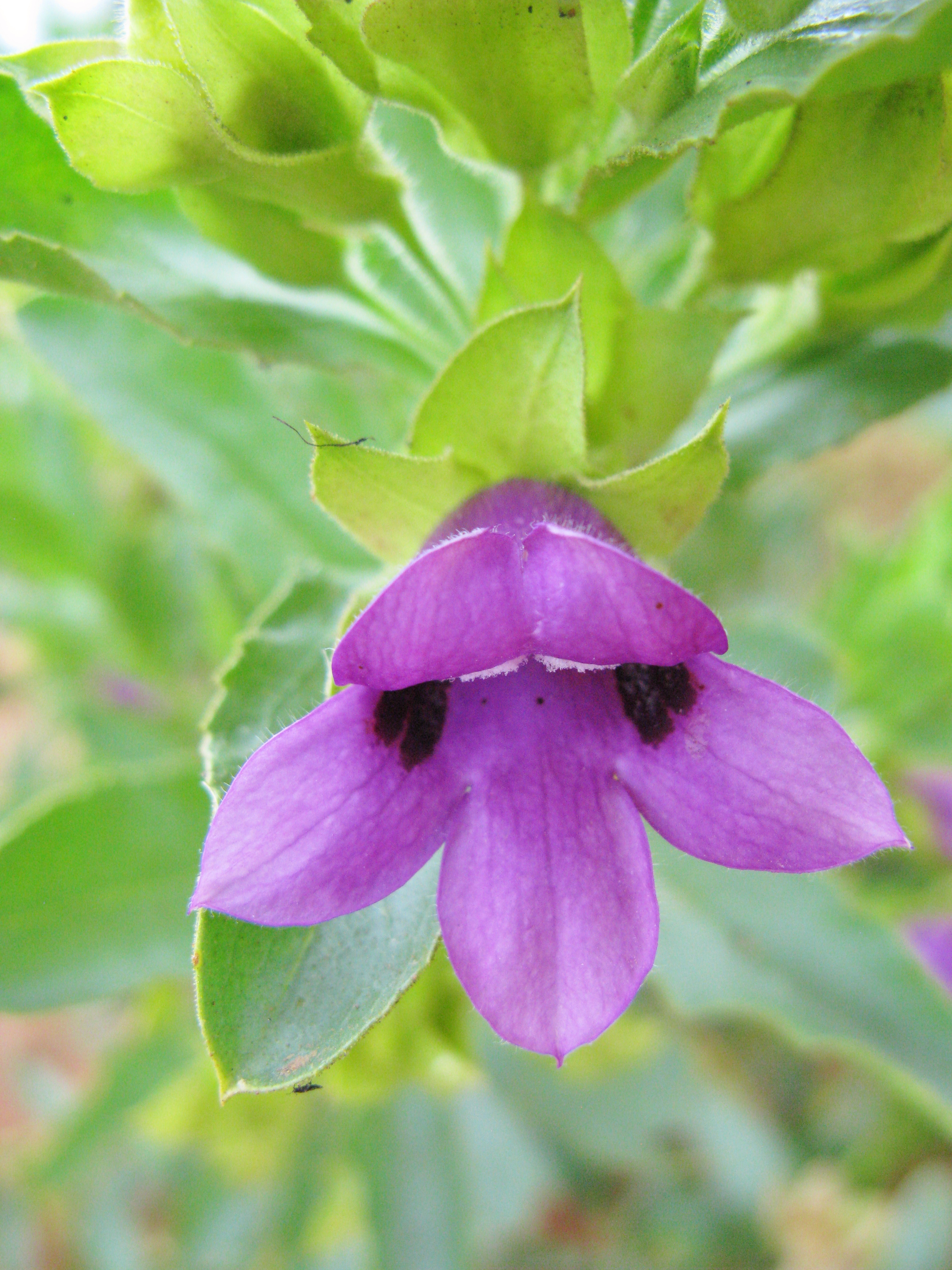Eremophila willsii
(Eremophila willsii)

Description
Eremophila willsii is a flowering plant in the figwort family, Scrophulariaceae and is endemic to Australia. It is an erect shrub with bright green, often serrated leaves and pinkish to deep pinkish-purple petals. It is mainly found in Western Australia, the Northern Territory and South Australia in deep sand. Eremophila willsii is an erect shrub, sometimes compact, other times open and spindly. It grows to a height of 0.45 to 1.5 m (1 to 5 ft) and has sticky branches due to the presence of large amount of resin. The leaves are arranged alternately along the branches, glabrous or hairy depending on subspecies, mostly 10–30 mm (0.4–1 in) long, 4–11 mm (0.2–0.4 in) wide and often with serrated margins. The leaf characteristics are very variable but most commonly the shape is narrow elliptic to egg-shaped sometimes clustered and overlapping and other times scattered. In the Northern Territory intergrading between the two subspecies is observed. The flowers are borne singly or in groups of up to 4 in leaf axils on stalks mostly 5.5–15 mm (0.2–0.6 in) long and usually densely hairy. There are 5 overlapping, egg-shaped to lance-shaped sepals which are mostly 10–15 mm (0.4–0.6 in) long. The sepals may be hairy or glabrous depending on subspecies. The petals are 17–28 mm (0.7–1 in) long and joined at their lower end to form a tube. The petal tube is pinkish to deep pinkish-purple or lilac-coloured and has two prominent dark purplish bands inside the tube. The outer surface of the tube and its lobes is more or less hairy, while the inner surface of the lobes is glabrous and the inside of the tube is filled with long, soft hairs. The 4 stamens are fully enclosed in the petal tube. Flowering occurs from May to October and is followed by fruit which are narrow oval-shaped to cone-shaped with a pointed end, 3.5–4.5 mm (0.14–0.18 in) long with a hairy surface. Subspecies willsii occurs in the south-west of the Northern Territory and adjacent areas of South Australia where it grows on red sand plains, sand dunes and the swales between them. It is also found in the Central Ranges biogeographic region of Western Australia. Subspecies integrifolia is widespread in the sand dune systems of the southern part of the Northern Territory, western South Australia and the Central Ranges, Gibson Desert and Great Victoria Desert biogeographic regions of Western Australia There is one record from far western Queensland.
Taxonomic tree:







